After Kansas Shooting, Indian Widow Fights For Immigration Reform
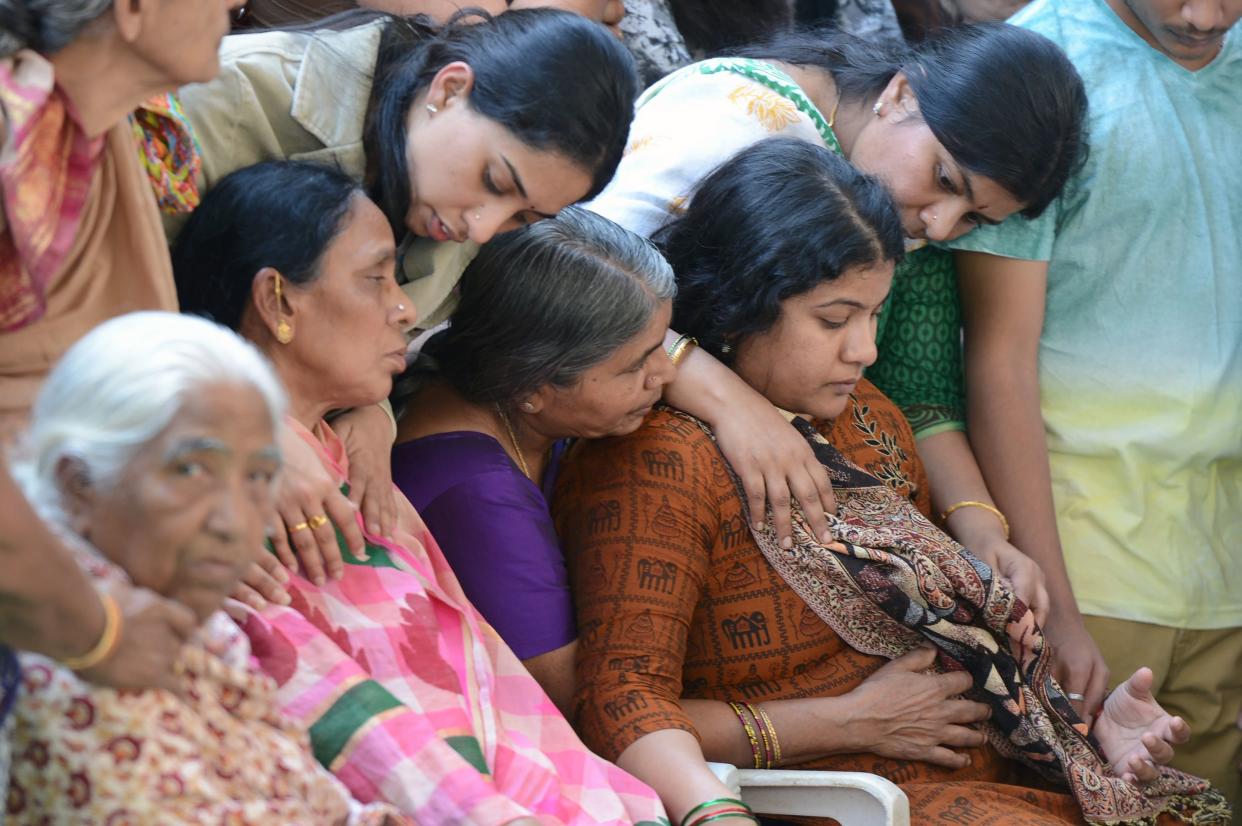
Days after Indian immigrant Srinivas Kuchibhotla was killed in a suspected hate crime in Olathe, Kansas, his widow Sunayana Dumala took to Facebook to ask the question that she believed was in every immigrant’s mind after the tragedy: “Do we belong here?”
It was meant to be a philosophical query about Indian immigrants’ place in American society. But in the months that followed, the question of whether Dumala belonged in America became a serious legal one.
Because her visa was tied to her husband’s, Dumala’s own legal status in the U.S. was thrown into question after his tragic death. She was reportedly at risk of being deported.
With the help of her congressman, Dumala was able to get a temporary authorization that allowed her to continue to stay in the U.S. Now, she’s using her influence to bring awareness to the need for immigration reform, particularly as it impacts women.
“We need to get this fixed for many Sunayana’s out there,” Dumala wrote on Facebook. “Especially all the women out there, I urge you to shed your fears and raise your voice. It will be very powerful when few hundred or thousands of them raise voice and say we don’t want to be another Sunayana.”
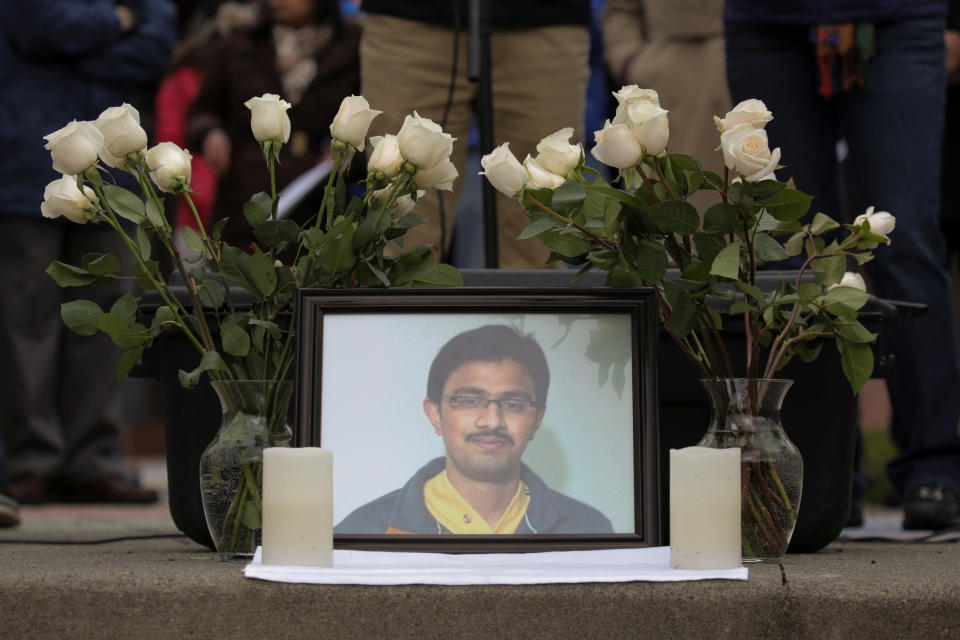
An Indian American Home Ripped Apart By Hate
On Feb. 22, Dumala’s husband and a friend, Alok Madasani, were drinking at a bar in Olathe when a shooter opened fire. The suspect, Adam Purinton, had reportedly questioned the men’s immigration status and hurled ethnic slurs at them. Kuchibhotla was killed in the attack, but Madasani survived his injuries. Purinton was indicted on federal hate crime charges in June.
After the tragic loss of her husband, Dumala had to contend with the fact that her immigration status was no longer certain. Since Dumala’s visa was still tied to her husband, she worried that she wouldn’t be able to return to America after attending her husband’s funeral in India in February.
Dumala’s congressman, Republican Rep. Kevin Yoder, heard about her concerns. With the help of his office, Dumala obtained a one-year employment authorization in the U.S. that will give her time to apply for an employment visa on her own.
Yoder has long held typically Republican attitudes on immigration reform ― opposing a pathway to legal status for undocumented workers, and believing that the government should restrict funding to sanctuary cities. But he seems to have made an exception for highly skilled immigrants who have entered the country legally, many of whom are Indian.
An All Too Familiar Predicament For Indian Immigrants
Dumala’s struggles with her visa status highlight an issue that is profoundly important to the Indian American community as a whole, but particularly to recent immigrants.
Her husband, an engineer, was in the country on an H-1B visa, an employment-based visa that is often used by tech companies to bring highly-skilled workers to America. The vast majority of H-1B visas (about 70 percent in 2014) are given to workers from India. Many ultimately pursue a green card after arriving, in order to adjust their status to that of a permanent legal resident.
But the wait for a green card, especially for Indian immigrants, is notoriously long. The federal government puts a strict limit on the number of employment-based green cards that can be issued to immigrants from any one country within one fiscal year. Currently, that limit is seven percent, regardless of a country’s population size. This means applicants from countries like India, with its booming population and large number of H-1B visa holders, may have to wait more than a decade for their green cards.
“The current United States immigration law includes quotas that don’t account for the large number of highly skilled immigrants coming to this country from nations including India and China,” Dumala told HuffPost in an emailed statement. “As a result, while there are many talented immigrants here on temporary visas, the process for getting permanent residency status can literally take a decade or more.”
Some advocates have likened the situation to indentured servitude, with H-1B holders constantly worried about pleasing their employers, or having to uproot their families (including their American-born children) if they lose their jobs.
The uncertain visa status of these H-1B holders has a significant impact on their wives. Their spouses are able to come to the country under what’s known as the H-4 visa. In 2015, 80 percent of H4 visas were issued to Indian passport holders.
Like Dumala, many of these H4 visa holders are women who are highly educated themselves. However, most H4 visa holders are prohibited from working. As a result, these women become dependent on their husbands. Some complain of long hours spent in isolation in their houses, while others regret losing their financial independence. Activists have documented the loneliness, depression, and in some cases, abuse, that these H4 spouses face while waiting for their immigration status to change.
As part of immigration reform spurred on by the Obama administration in 2015, the United States Citizenship and Immigration Service allowed some H4 visa holders who are applying for green cards to receive work permits.
But challenges could be looming for H-1B visa holders and their families. President Donald Trump has been a critic of the H-1b visa program, claiming that it is used to replace American workers. In addition, the Department of Homeland Security is currently reviewing a lawsuit that seeks to eliminate the ability of H-4 spouses to work.
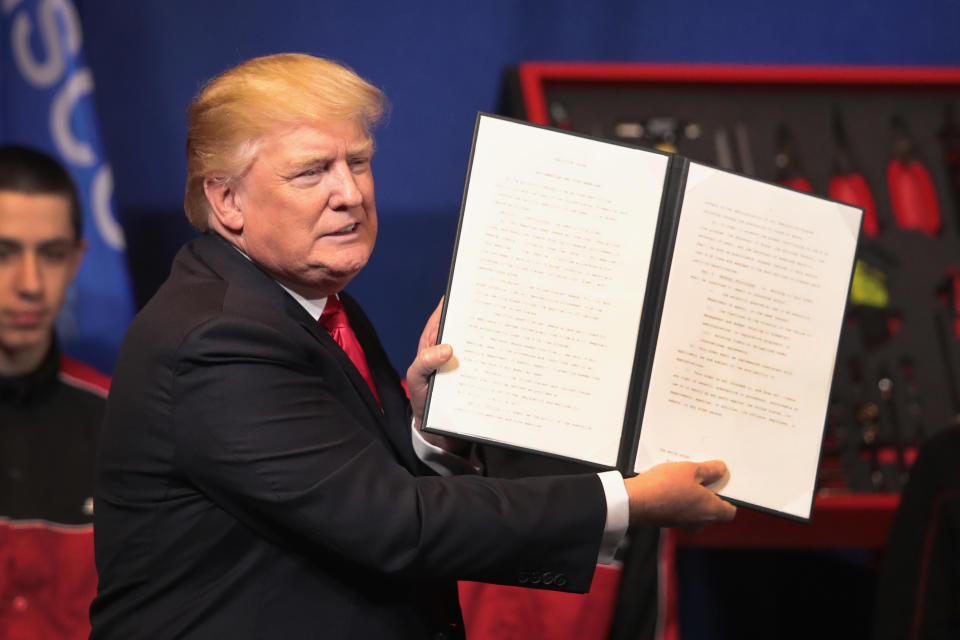
A National Debate Gets Personal For Dumala
The debate around the H-1B and H4 visas had a concrete impact on Dumala and Kuchibhotla’s lives. Dumala was able to remain in the country because of the H4 visa. For years after her marriage, she was unable to work in the U.S. Eventually, she and her husband applied for a green card on Kuchibhotla’s H-1B visa. In May 2016, Dumala started working as a data systems developer at a pharmaceutical marketing agency, according to The New York Times.
Dumala’s congressman wants to make it easier for immigrants like Dumala to receive their green cards. He’s proposed a bill, HR 392, that would speed up green card wait times for highly skilled workers.
“Because of these unfair backlogs, Sunayana was faced with the prospect of having to return home to India because of her visa status. Thankfully, we were able to help her stay for now and are working towards a permanent fix, but if our bill had already been signed into law she would likely have already gained permanent residence and would not have faced the threat of deportation on top of the horrific loss of her loving husband,” Yoder wrote on his Facebook page. “For Sunayana, and the millions more like her, HR 392 must be signed into law as a part of a solution to our immigration problems.”
Dumala told HuffPost she sees Yoder's bill as a "positive step forward." But she said she'd also like to see the government address challenges that can occur when families immigrate under one principal applicant.
"Should something happen to the principal applicant, it is important that his or her dependents automatically be granted their own independent immigration status," she wrote. "This would eliminate unnecessary stress and frustration for valued members of our communities, who must undergo a lengthy application process once again under current law."
"I was fortunate to have friends and family support me through this reapplication process. But it did not lessen the added trauma it caused me, and not everyone has the same level of support I do," she added.
Suman Raghunathan, executive director of the advocacy group South Asian Americans Leading Together, told HuffPost that the H4 visa program prevents women like Dumala from fully integrating into American public life. It’s also emblematic of the discrimination that South Asian workers have faced in the U.S. for more than a century.
“I think the flawed reality for our nation is that its immigration policy for quite some time has been to explicitly and implicitly welcome the work, but not the families of all our communities,” Raghunathan told HuffPost. “Unfortunately, the current nature of the H4 visa program continues to mirror at this point, more than a century of discriminatory immigration policies, not only against high-skilled Indian and South Asian workers, but against many others.”
Also on HuffPost
Love HuffPost? Become a founding member of HuffPost Plus today.
Satya Nadella
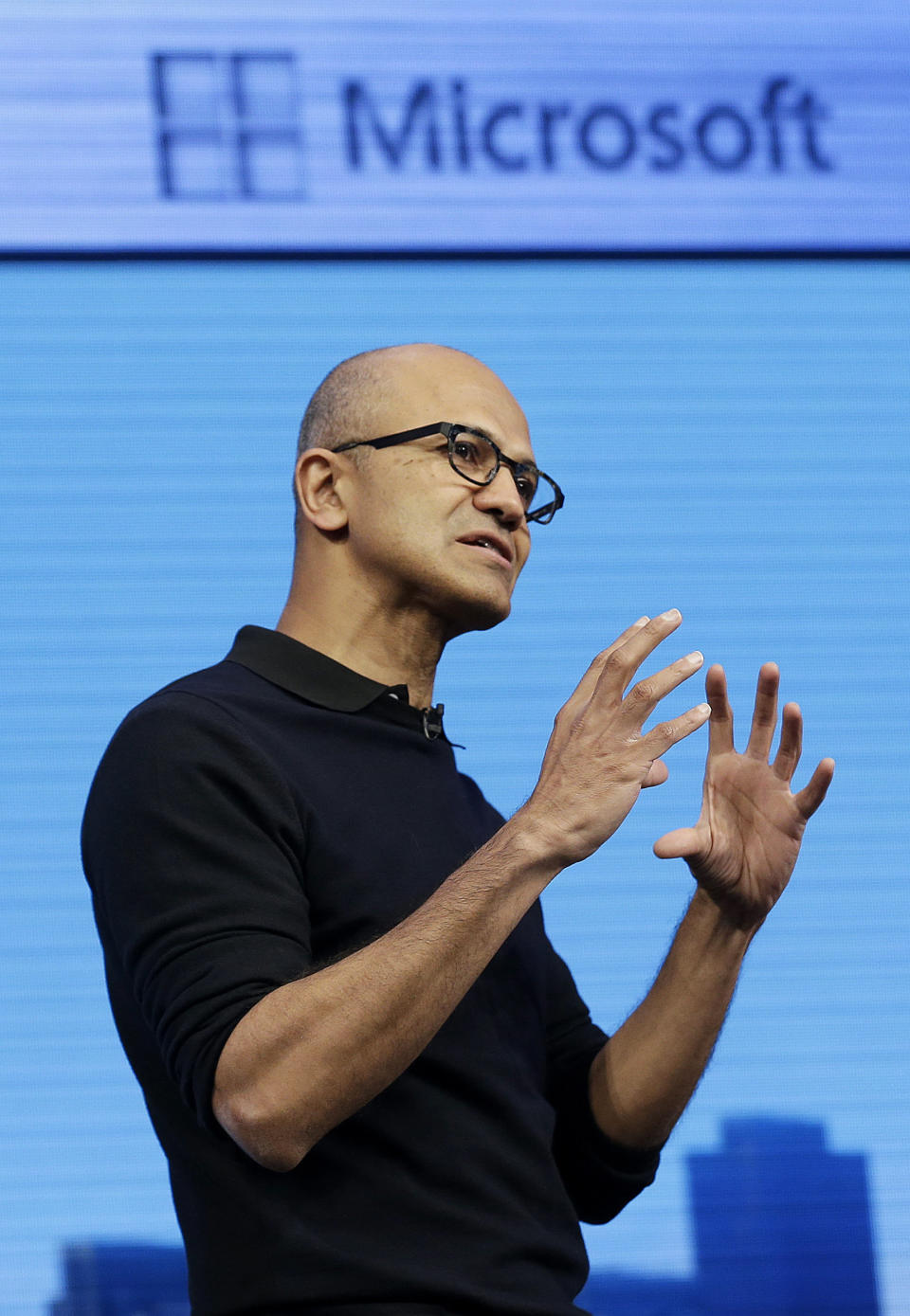
Shantanu Narayen
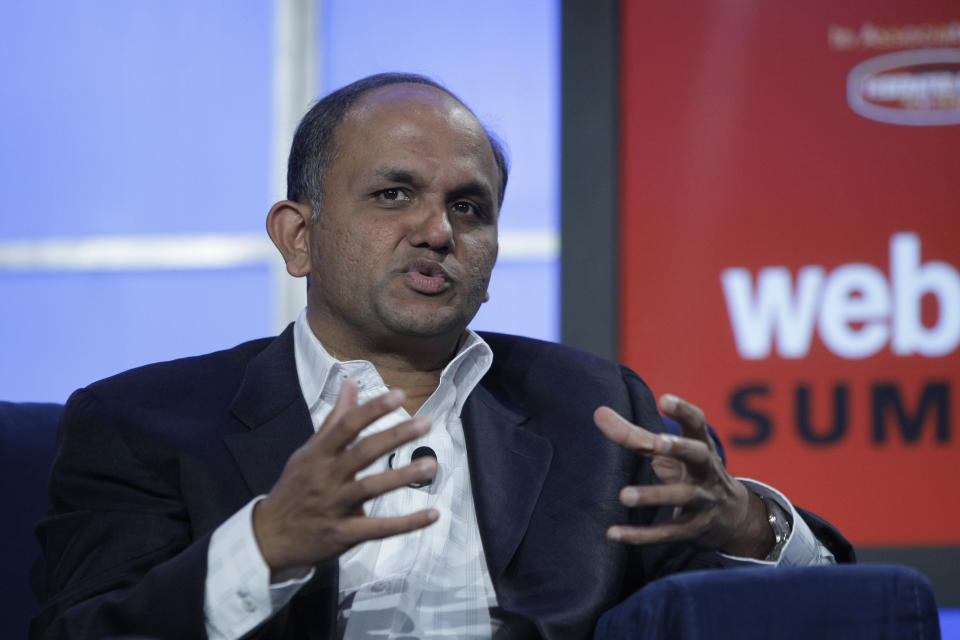
Padmasree Warrior
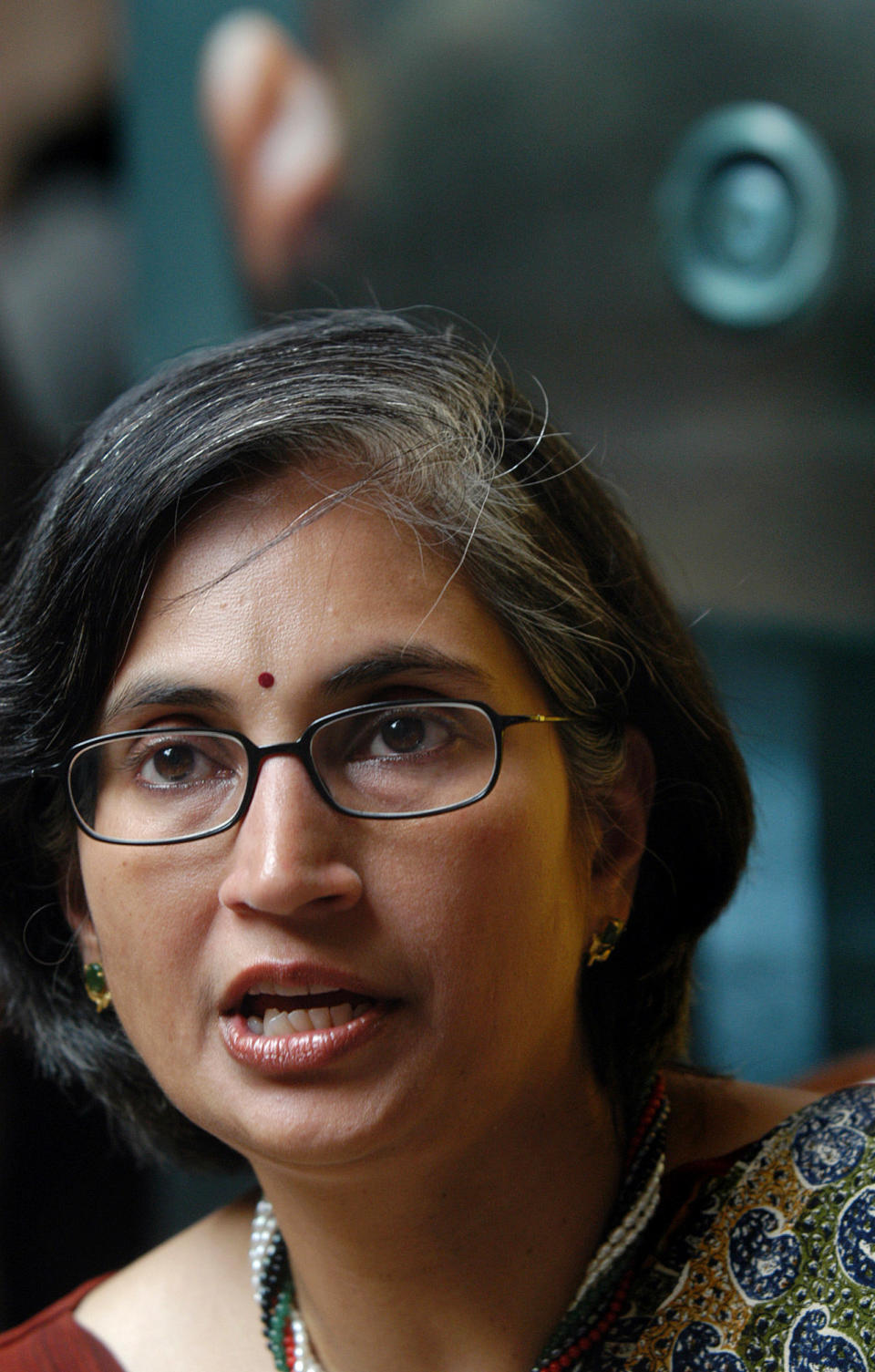
Amit Singhal
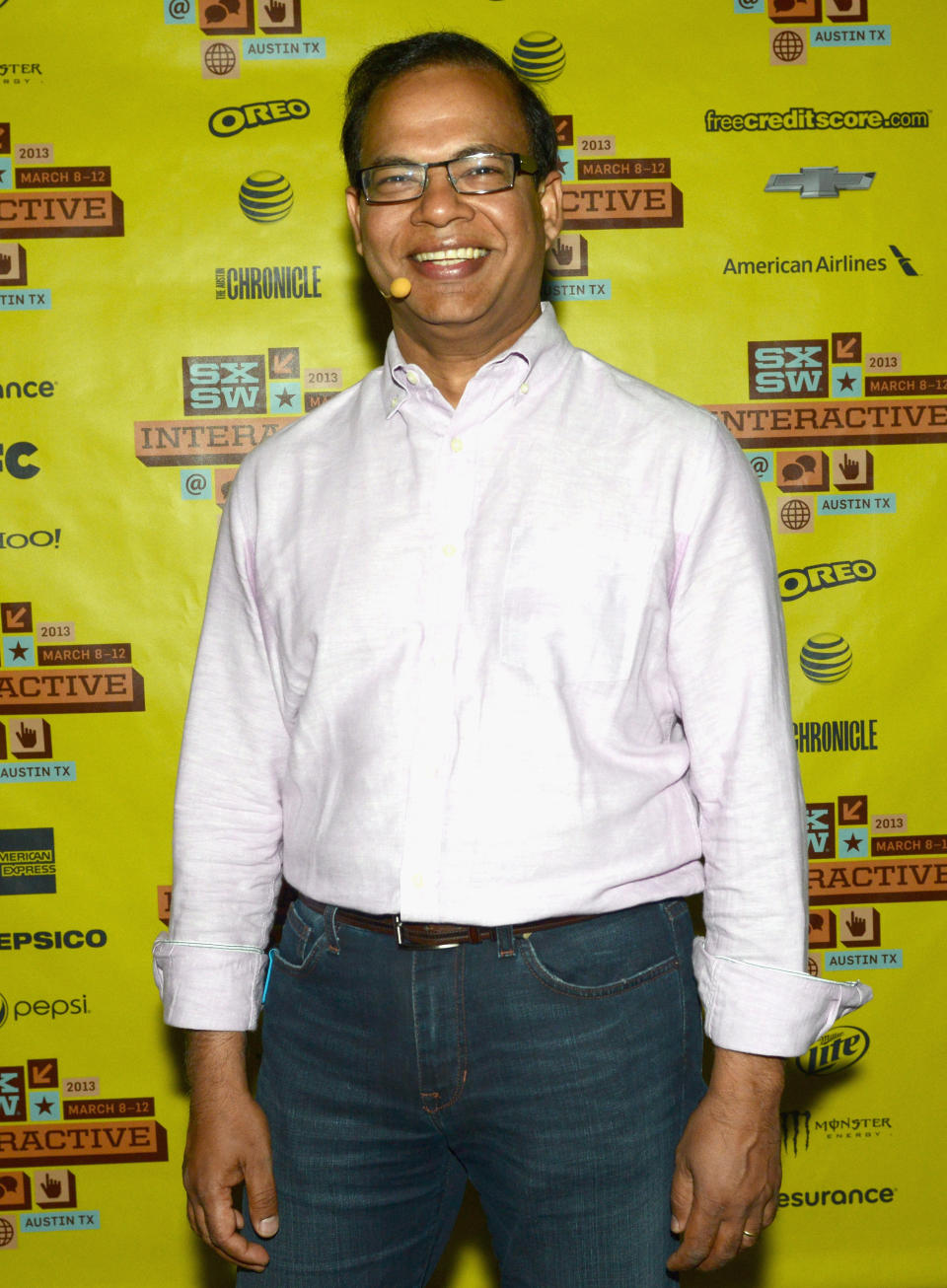
Ruchi Sanghvi
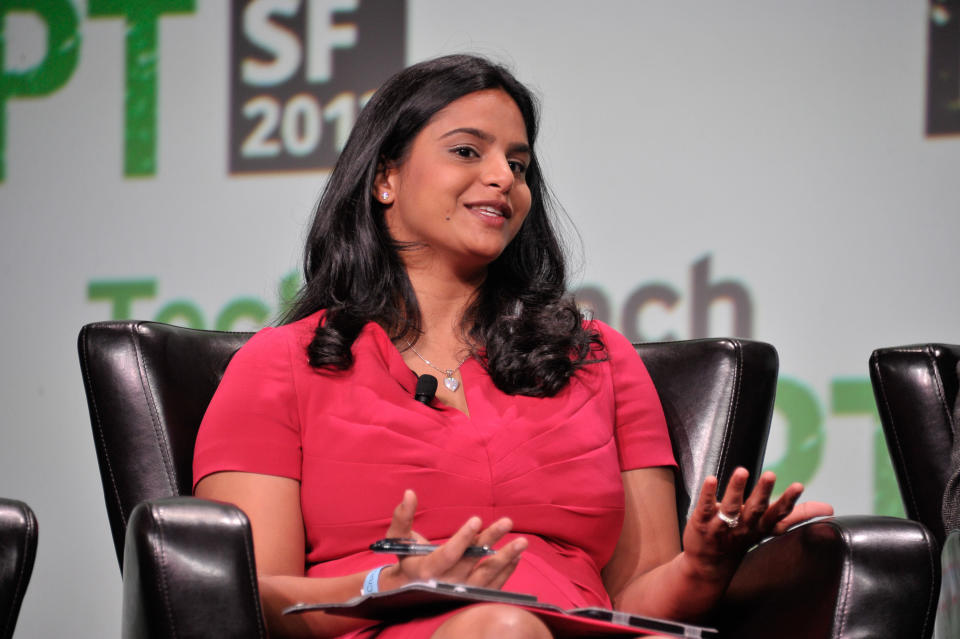
Deepak Ahuja
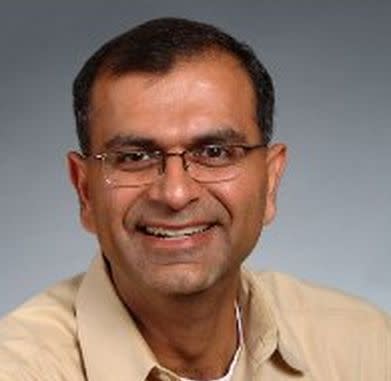
Pooja Sankar

Kavitark Ram Shriram
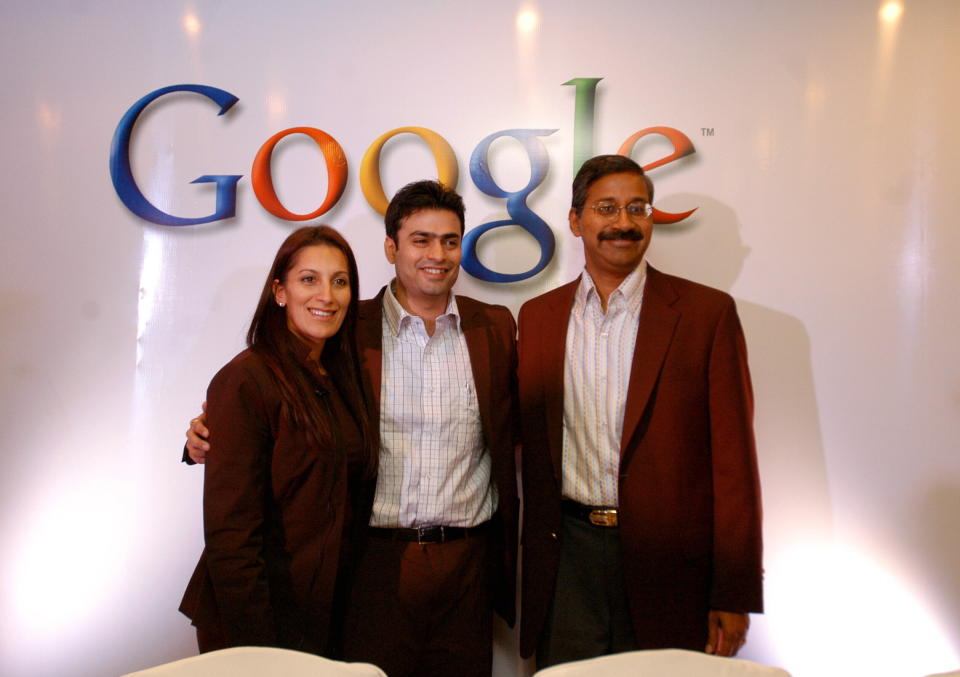
This article originally appeared on HuffPost.

